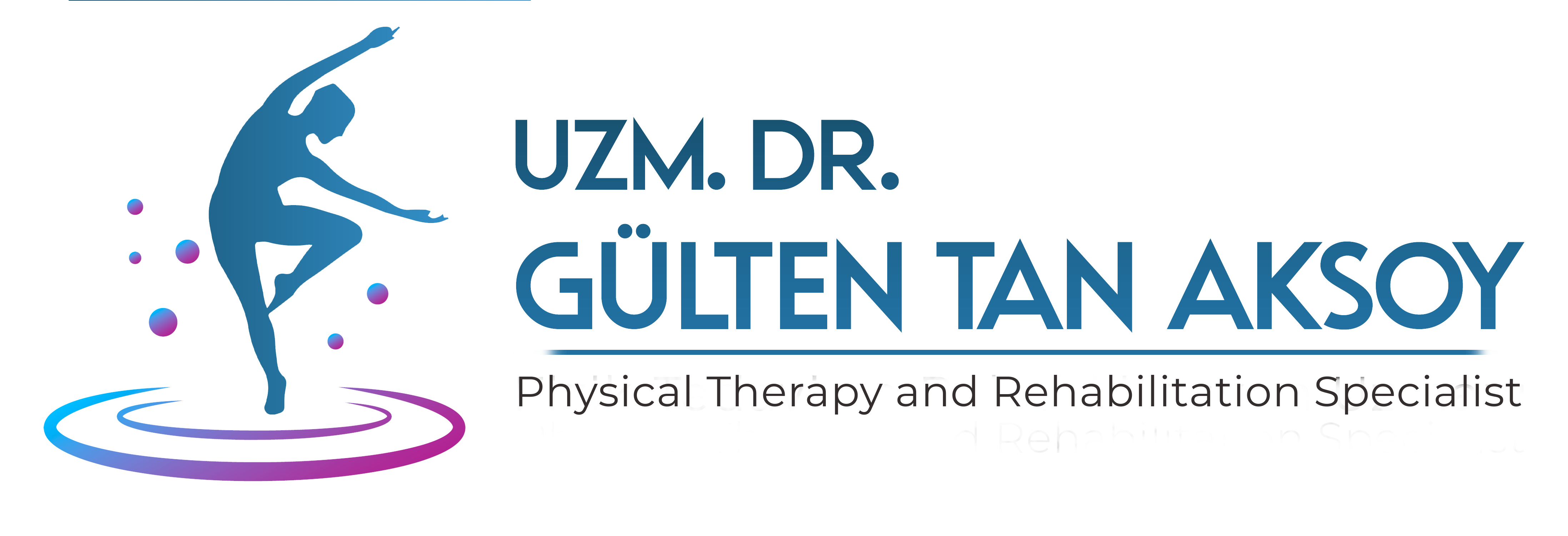How is Physical Therapy Performed in Muscle Diseases?
The muscles that provide many freedom of movement of our body may lose this ability in some cases. Muscle diseases, called muscle dystrophy in medicine, can sometimes reach very serious dimensions. Sometimes people with this disease may lose the ability to speak and walk. They may not even be inclined to take care of themselves and do their own business.
Although sometimes very serious symptoms are seen, people can continue their lives with mild symptoms for years. In fact, there is no definitive treatment for muscle diseases. The course of the disease can be stopped or slowed down with physical therapy and some medications. Muscle diseases vary with genes, age, disease progression, and the type of muscle affected.
What Are the Symptoms of Muscle Disease?
People with muscle disease can be of any age. Especially in young people and childhood, these muscle diseases give more obvious symptoms. For example, having frequent muscle cramps, having weak muscles, curved and inclined spine structure, falling frequently are among the first symptoms.
In fact, some patients may experience difficulty in walking on tiptoes, drooping eyelids, heart problems, and difficulty when moving, especially when doing movements such as getting up, running, walking and going up and down stairs. For the diagnosis, it is absolutely necessary to go to a health institution before it is too late. For the diagnosis of muscle disease, EMG and electromyography are first requested. In addition, some blood tests may be requested, and your doctor may request an MRI or ultrasound image depending on the situation.
What is the Treatment of Muscle Diseases and Physical Therapy Process?
When we think about how to do physical therapy in muscle diseases, it should not be forgotten that the treatment should be started by a trained physical therapist first. During the physical therapy process, some exercises are done primarily to keep the muscles strong and flexible. These exercises should be repeated every day at home with the numbers given by the person, and should not be neglected.
The physical therapy method supported by medication is also important so that the muscles do not completely lose their mobility. Different exercise programs are applied with passive and active stretching movements. In passive stretching, the muscles are first stretched slowly and carefully. During active stretching, exercises are performed to increase mobility.





